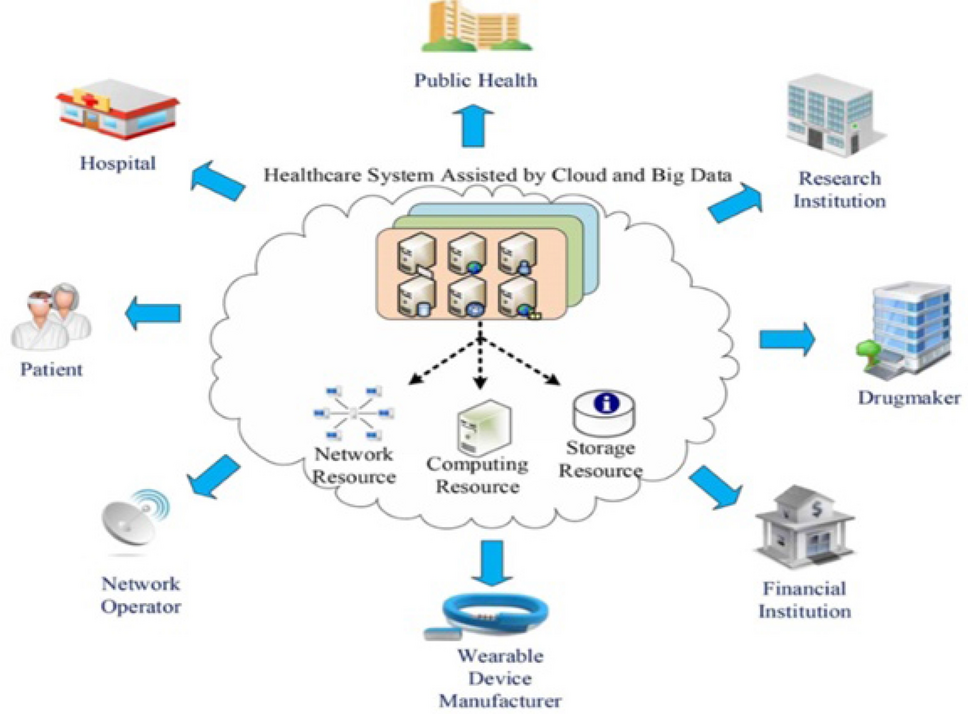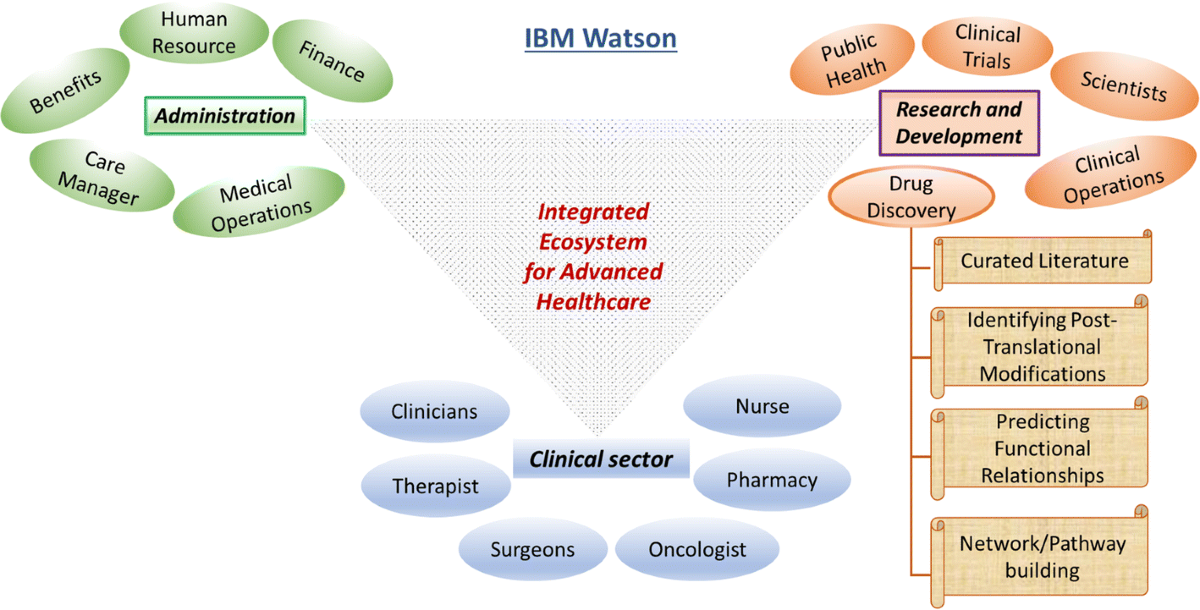Using Big Data to Monitor and Improve Ecosystem Health: Real-World Insights
Understanding Big Data and Ecosystem Health
In an era where data drives decisions, understanding the interplay between Big Data and ecosystem health has become essential. Big Data refers to vast datasets generated from diverse sources, characterized by their volume, velocity, variety, veracity, and value. These datasets are no longer confined to traditional methods of analysis; they encompass complex information that can provide insights into the health of our ecosystems.
Ecosystem health is a multifaceted concept that includes biodiversity, productivity, and resilience of natural systems. The integration of Big Data into environmental science offers unprecedented opportunities to monitor and improve ecosystem health effectively. By leveraging data analytics, researchers can track changes in biodiversity, manage resources sustainably, and predict environmental threats.
Definition of Big Data in Environmental Science
Big Data in environmental science refers to the large, complex datasets collected from various sources, which may include satellite imagery, sensor networks, and social media. These datasets are instrumental in understanding environmental patterns and trends.
Characteristics of Big Data
- Volume: The sheer amount of data generated daily from multiple sources.
- Velocity: The speed at which data is created and processed.
- Variety: The different forms of data, including structured, semi-structured, and unstructured data.
- Veracity: The reliability and accuracy of the data collected.
- Value: The insights that can be derived from analyzing the data.
The Importance of Big Data in Ecosystem Monitoring
Big Data plays a crucial role in ecosystem monitoring by enabling scientists to:
- Detect changes in biodiversity and ecosystem services.
- Analyze patterns over time and space.
- Predict potential threats such as climate change, habitat loss, and pollution.
Real-World Applications of Big Data in Ecosystem Health
Big Data has been applied in various ways to enhance ecosystem health management. Below are key applications.
1. Biodiversity Tracking
A. Utilizing Big Data Analytics for Biodiversity Monitoring
Big Data analytics allows for the tracking of species populations and their habitats. By consolidating data from various sources such as citizen science projects, ecological databases, and remote sensing, researchers can assess the status of biodiversity more effectively.
B. Case Studies on Biodiversity Tracking through Big Data
For example, the Global Biodiversity Information Facility (GBIF) collects and shares biodiversity data globally. It has provided access to over 1.6 billion occurrence records, helping researchers monitor changes in species distributions and identify areas of concern.

2. Ecosystem Management Strategies
A. Impact of Big Data on Ecosystem Management
Big Data can inform management strategies by providing insights into ecosystem dynamics. For instance, predictive modeling can help resource managers anticipate changes in ecosystems based on various stressors.
B. Examples of Successful Ecosystem Management
A notable example is the use of satellite data to monitor deforestation in the Amazon Rainforest. This data allows authorities to respond quickly to illegal logging activities, thereby protecting critical habitats.
3. Real-Time Monitoring Solutions
A. Technologies for Real-Time Ecosystem Monitoring
Advancements in technology, such as IoT sensors and drones, enable real-time monitoring of environmental parameters. These technologies provide continuous data on air and water quality, biodiversity, and land use changes.
B. Benefits of Real-Time Monitoring in Environmental Science
Real-time data allows for immediate responses to environmental changes. For example, smart water management systems can adjust irrigation based on real-time soil moisture data, optimizing water use and conserving resources.

4. Challenges and Limitations in Big Data Applications
A. Data Silos and Integration Issues
One of the primary challenges in utilizing Big Data for ecosystem health is the existence of data silos. These silos occur when data is isolated in different systems, making integration difficult. Overcoming these barriers requires collaborative efforts between organizations and governments.
B. Skills Gap and Resource Constraints
Another significant barrier is the lack of skilled personnel who can analyze and interpret Big Data. Addressing this skills gap is critical to leveraging Big Data effectively in ecosystem management.
C. Data Quality and Privacy Concerns
Ensuring data quality is paramount. Poor quality data can lead to misleading conclusions. Additionally, privacy concerns regarding data collection must be addressed, especially when utilizing citizen-generated data.
Future Trends in Big Data for Ecosystem Health
A. Advances in Technology and Methodologies
The future of Big Data in ecosystem health looks promising, with ongoing advancements in technology and methodologies. Machine learning and AI are becoming increasingly integrated into data analysis processes, enhancing predictive capabilities.
B. The Role of AI and Machine Learning
AI and machine learning are set to revolutionize how we analyze ecological data. These technologies can uncover complex patterns and relationships that traditional analysis methods might miss.
C. Collaborative Efforts in Data Sharing and Management
Future efforts will likely focus on improving data sharing and management practices. Collaborative platforms will enable better access to data and foster partnerships among researchers, policymakers, and communities.
Conclusion
A. Summary of Big Data's Impact on Ecosystem Health
In summary, Big Data is transforming the way we monitor and manage ecosystem health. Its ability to provide comprehensive insights into biodiversity and environmental changes is invaluable in today's data-driven world.
B. The Importance of Continued Investment in Big Data Solutions
To fully realize the potential of Big Data in environmental science, ongoing investment in data technologies, skills development, and collaborative initiatives is essential. By embracing these advancements, we can better protect and enhance ecosystem health for future generations.
Key Takeaways
- Big Data is essential for monitoring ecosystem health, enabling comprehensive insights into biodiversity and environmental changes.
- Real-time monitoring technologies improve decision-making and resource management in environmental science.
- Collaborative data sharing and management are crucial to overcoming challenges associated with data silos and integration issues.
- Investing in AI and machine learning will enhance predictive capabilities, driving innovation in ecosystem management.
- Continued investment in Big Data solutions is vital to protect and enhance ecosystem health effectively.
For more insights on the role of data in environmental management, explore our articles on How Planetary Health is Driving Change in Public Policy, Uncovering the Earth's Biosphere, and AI Research Shaping a Greener Future.
